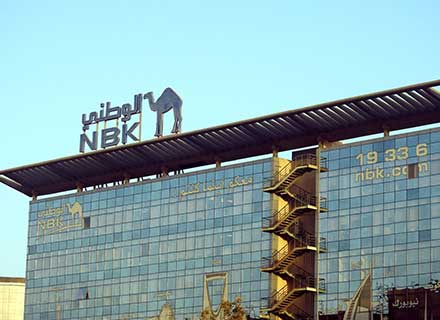Despite increasing regulatory provisioning requirements, pressure on net financing margins, and expanding investments in digital channels, Fitch Ratings projects that Kuwaiti Islamic banks will enjoy an improvement in their profits in 2023 and 2024.
On the other hand, Islamic banks will almost certainly be able to keep a large portion of the market thanks to the robust public demand for Islamic products and the favourable regulatory environment for Islamic financing.
According to the rating agency, the financial metrics of Islamic banks were “resilient” in the first half of 2023, benefitting from the stable operating environment. This was the case since the banks were able to continue their normal business operations.
The sector’s assets increased by 25% year on year (YoY), spurred by the merger of Kuwait Finance House and Ahli United Bank, which resulted in the creation of one of the largest Islamic banks in the world when it was completed in 2017.
Due to the merger, the proportion of total banking assets held by Islamic banks climbed to 50% by the end of the first half of 2023.
Despite Fitch’s projections for real GDP growth of -0.3% in 2023 and 3.6% in 2024, as well as lower real non-oil GDP growth, the stable operating environment in Kuwait will maintain Islamic banks’ standalone credit profiles in 2023, according to Fitch.
Meanwhile, During the first eight months of 2023, local banks in Kuwait provided significantly less financing to the public services sector, with a sharp decrease of 68.8%, totalling 48 million dinars, as per a report from the Arab Times.
The latest ratio also marked a substantial drop from 69.7 million dinars during the same period in 2022.
Notably, in August 2023, financing for the public services sector was only about 100 thousand dinars, while there was no such financing provided by local banks in July.
The decline in funding to the services sector also coincided with a broader drop in new credit facilities provided to all sectors, falling by approximately 93.1 million dinars, or 0.6%, from 15.76 billion dinars in the first eight months of 2022 to 15.669 billion dinars during the same period in 2023.
There was an increase in total credit facilities for all sectors during August 2023, surging by 3.2% or roughly 63.6 million dinars compared to July, reaching 2.012 billion dinars.
“In comparison to August 2022, this is a considerable increase from 1.354 billion dinars. The cumulative balance of financing provided by local banks to the public services sector experienced notable growth, rising by 11.8% or 33.8 million dinars since the start of 2023, amounting to 319.3 million dinars in August. On a monthly basis, this represents an 11.7% increase of 33.6 million dinars compared to July,” the Arab Times report stated further.

